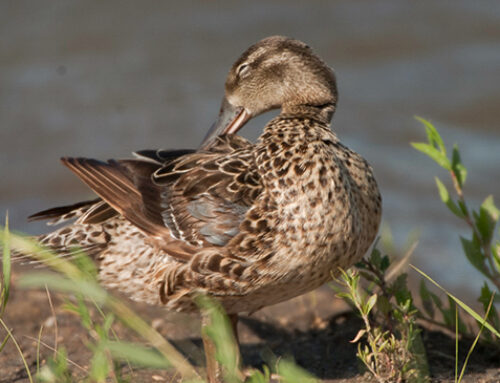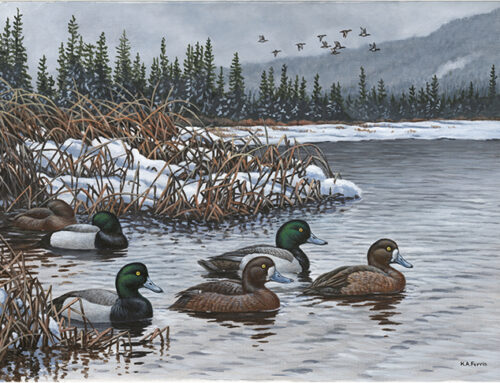Meet Our Newest Duck Species

The Mexican duck officially has been reclassified as distinct from the mallard
Amidst everything else that happened last year, North America quietly gained a new duck species in 2020.
The Mexican duck, a large, brown-bodied puddle duck found from central Mexico into the southwestern United States, had long been considered a subspecies of the mallard. But last June, the American Ornithological Society deemed that Mexican ducks are a separate species, now known by the scientific name Anas diazi.
After much DNA analysis, genetic studies indicate that mallards, black ducks, mottled ducks and Mexican ducks are closely related, yet distinct. And because black ducks and mottled ducks are considered by scientists to be separate species from mallards, ornithologists have decided that Mexican ducks should be their own species, too.
For the record, the AOS had previously decided in 1983 that Mexican ducks were a subspecies of the mallard based on extensive studies during the 1970s by John Hubbard of the New Mexico Fish and Game Department. Now, the AOS has reversed that decision in part because a 2017 study showed “genetic evidence suggests that hybridization is not as widespread as previously believed.”
Mexican ducks breed in northern and central Mexico, west-central Texas, southern New Mexico and southeastern Arizona, and seem to be expanding their range. In Sept. 2011, Dr. Chris Nicolai, staff biologist for Delta Waterfowl, was the first person to band a Mexican duck in Nevada. Nicolai worked for the U.S. Fish and Wildlife Service in Reno, Nevada, before joining Delta’s staff last year.
“I was leading a field trip with 40 undergraduate wildlife students banding ducks,” he recalled. “I heard a student ask, ‘Why does this hen have a yellow bill?’ and I instantly turned around. Sure enough, it had all the indications of a Mexican duck.”
Mexican ducks, while not common, are legal to hunt. In Arizona and the Central Flyway portion of New Mexico, regulations allow two hen mallards or “Mexican-like ducks” daily, while Nevada and California don’t distinguish Mexican ducks separately in the bag limit — technically hunters could shoot a full limit of seven per day. Meanwhile, Texas regulations lump mottled ducks, black ducks, Mexican-like ducks and their hybrids into a category called “dusky ducks,” and the limit is one dusky duck daily. —
By Paul Wait / Delta Waterfowl






This duck seems to be more abundant during the spring and summer months. Add a limit to the teal season or have a special season during the spring or late winter.
I’ve got 1 in my freezer I shot in southern Idaho in November 2015 if your lab would be interested in running the genetics to verify it? I had no idea on the wing since it was in a flock of mallards but in hand I could easily tell it wasn’t a hen mallard due to the olive-yellow bill and dark body.
[…] ducks breed in Mexico, Texas, New Mexico, and Arizona and can be found in California and Nevada. According to Delta Waterfowl, they also look to be expanding their […]
Ducks can be found in California and Nevada and breed in Mexico, Texas, New Mexico, and Arizona. They also appear to be extending their range, according to Delta Waterfowl.
In Mexico, Texas, New Mexico, and Arizona, ducks breed in addition to being found in California and Nevada. Delta Waterfowl claims that they too seem to be growing their range.